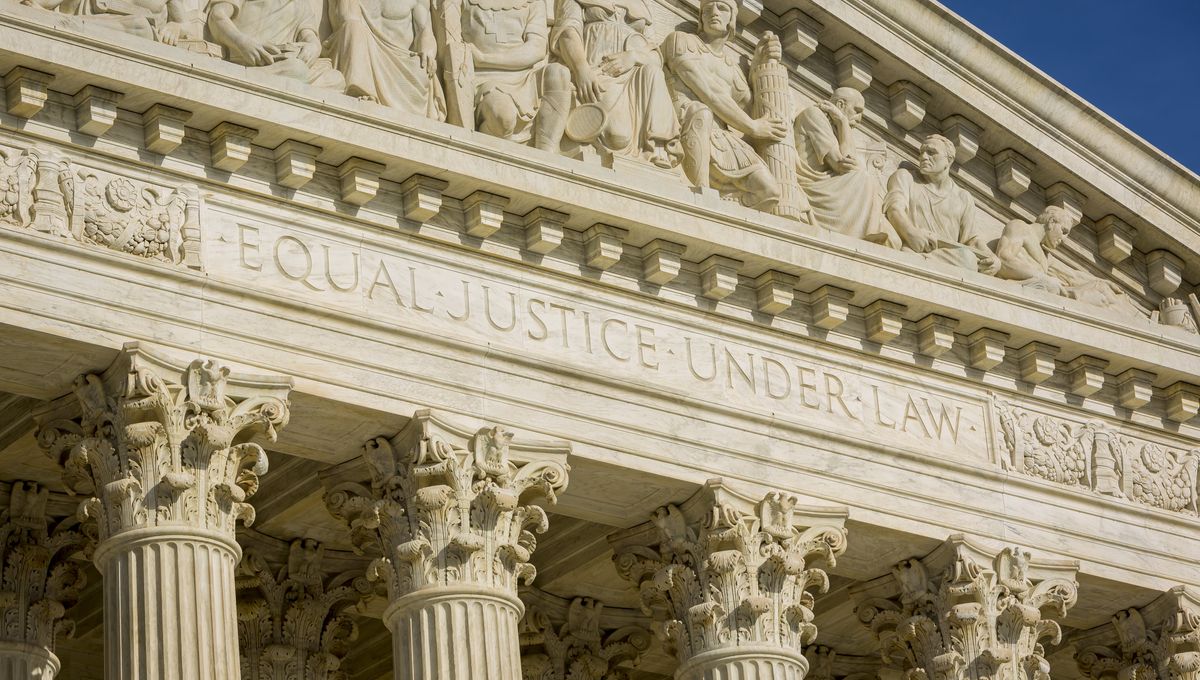
The US Supreme Court has killed a crucial 40-year-old legal precedent that empowered federal agencies to interpret laws and to decide on the best ways to implement them. Now, if there is a dispute over ambiguous language in laws that could be addressed by deferring to agency expertise, federal judges can simply decide what it means by themselves.
In short, judges can now expand their role into policymaking and will have profound impacts on a range of areas, from environmental protection to food regulation and workplace safety.
What is the Chevron deference?
The so-called Chevron deference was established in 1984 by the Supreme Court’s ruling in Chevron U.S.A., Inc. v. Natural Resources Defense Council. It was essentially a dispute over how the US Environmental Protection Agency (EPA) interpreted provisions of the 1977 Clean Air Act that regulated power plants.
At the time, the EPA under President Ronald Reagan’s administration was more interested in deregulation that favored industry, rather than decreasing pollution, so it proffered interpretations of the Clean Air Act that were to the liking of facility owners. This interpretation was challenged by environmental groups, but the court ultimately ruled in favour of the EPA. In doing so, they established a two-step process for deciding how federal courts should address disputes.
In essence, if Congress has been clear on what it intends with a law, then courts have no place to intervene. However, if there is ambiguity in the language or gaps, then courts should defer to agency expertise and interpretations, but only if they are reasonable and evidentially grounded.
Ever since then, the deference has been applied in thousands of cases where government regulations affect anything from health and safety or climate change to business operations, schooling, the environment, and so on. However, the new ruling brings this to an end. A definitive nail in the coffin.
What happened?
The Chevron deference was killed by a dispute between a New England fishing company and the National Marine Fisheries Service (NMFS). The case, Loper Bright Enterprises v. Raimondo, challenged part of the Magnuson-Stevens Act, which sets limits to prevent overfishing and also requires fishing companies to pay for inspectors to be on board to monitor their compliance.
In this case, Loper Bright argued that the NMFS had no right to force this cost. At first, a district court ruled that the NMFS did have the right, stating that Congress had empowered it to do so – the Chevron deference. However, the plaintiff appealed to the Supreme Court in 2023, and we now know what they ruled.
The 6-3 ruling allows judges to make their own decisions without the need to defer to the scientific expertise of relevant agencies.
“Agencies have no special competence in resolving statutory ambiguities. Courts do,” Chief Justice John Roberts said.
The decision is a considerable success for Conservatives who have been trying to overturn the precedent for decades. They had objected to its existence on the basis that, by giving executive agencies the freedom to implement laws, federal bureaucracies had too much power.
In a dissent from the ruling, Justice Elena Kagan wrote that: “In one fell swoop, the majority today gives itself exclusive power over every open issue – no matter how expertise-driven or policy-laden – involving the meaning of regulatory law.”
“As if it did not have enough on its plate, the majority turns itself into the country’s administrative czar.”
One of the concerns for those who urged the high court to keep the Chevron doctrine is that the ruling will usher in a new era of administrative chaos. Courts are not likely equipped to address this form of decision-making, lacking the necessary scientific or technical knowledge experts in agencies had. It ultimately changes the foundations upon which scientific information is used in federal policymaking.
Kagan offered examples of the types of technical questions judges will now need to decide on themselves. For instance, the Food and Drug Administration must decide what qualifies as a protein in relation to regulating biological products. Or, in regard to the Endangered Species Act, experts within the Fish and Wildlife Service need to determine what a “distinct population segment” is when considering plants and animals that are at risk.
Looking forward, it is likely we will now see more judges from across the country weighing in on what the federal government does. It will also likely mean that Congress will have to write more explicit instructions in their laws that clearly define what agencies need to do to implement them. This in itself will probably result in further confusion as larger agencies try to carry out different programs.
Source Link: US Supreme Court Overturns 40-Year Precedent Empowering Scientific Expertise In Policymaking